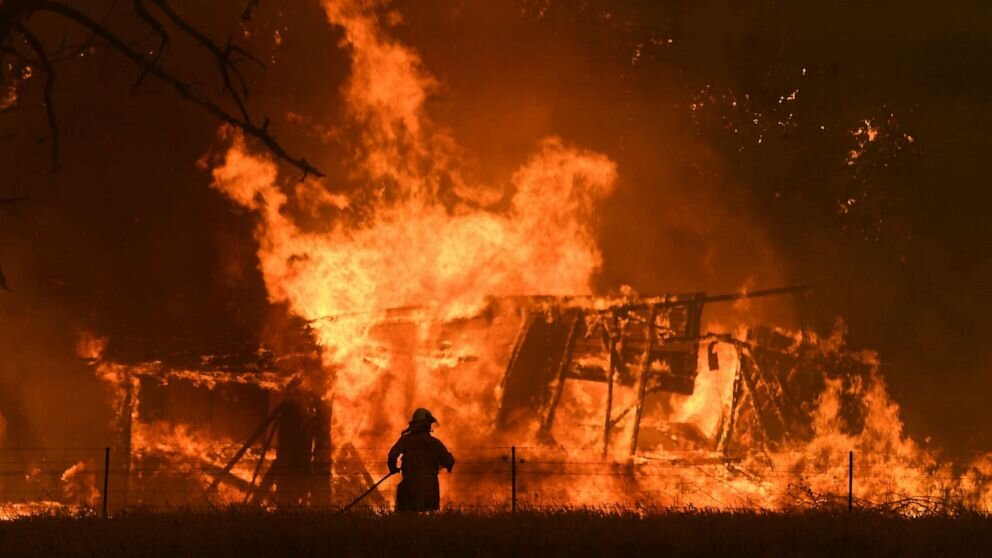While the majority of the Covenant College student body enjoyed their Christmas break spending time with family, eating exorbitant amounts of food, and taking a much-needed respite from schoolwork, not everyone around the globe was experiencing the same restfulness.
Anyone who follows celebrities on Instagram or watches the Golden Globes has probably heard about the wildfires currently engulfing Australia. The fires have been burning since late July and have continued into the new year. South Wales is experiencing the brunt of the damage but the fires are raging throughout the cities of Australia.
The climate in Australia tends to be warmer and dryer and their summer months, December through February, are called, “Fire Season,” which usually peaks in early January. While fires during this time of year in Australia are not uncommon, the current intensity of the fires is abnormal.
People are dying, towns are being evacuated, and animals are potentially facing extinction, so what has made these fires different? Last December was Australia’s hottest December, and 2019 was the hottest and driest year on record. The droughts mixed with the record temperatures have created a perfect storm for “Fire Season” to become more intense each year as temperatures continue to increase.
Millions of dollars have been donated to help its people and wildlife, and firefighters from the United States have even helped in taming them. People from all over the world have come together to help Australia in their time of need.
During the same time as the Australian fires, tragedy took place near Tehran, Iran. On January 8, a Ukrainian passenger plane was shot down by two Iranian missiles and the 176 passengers on the plane were killed.
After four days of denial, Iran took responsibility for the mass casualties, saying that it was the result of human error in a moment of high tensions. These tensions are between Iran and the United States in light of the US assassination of Qassem Soleimani, an Iranian military commander. According to Iran, the passenger plane was mistakenly thought to be a threatening cruise missile.
The first missile hit the plane, knocking out the transponder and as it continued to fly, another missile was launched. This impact caused the plane to fall from the sky and explode in a nearby town. Evidence shows that the plane was circling back to the airport but was unable to make it before crashing.
The confession of the potentially accidental disaster came four days after the crash took place, with the delay leading to anti-government protests in Tehran. The protesters held vigils and demonstrations for those who lost their lives in the crash, and publically pushed back against the intense security presence in Iran. Eyewitness accounts claimed that the protests became violent when the police began firing guns, causing the crowds to disperse.
Each of these unfortunate events resulted in people being forced to come together and deal with the disasters occurring in their homes, whether natural or man-made. Australia is dealing with a natural disaster, while those affected by the plane crash are mourning a man-made tragedy. However, a silver lining has appeared in both of these tragedies as the world has come together to mourn and support each other. From knitters around the world making mittens for burned koala paws to protesters demanding accountability from the Iranian government, the world has compassion for those who are suffering.


